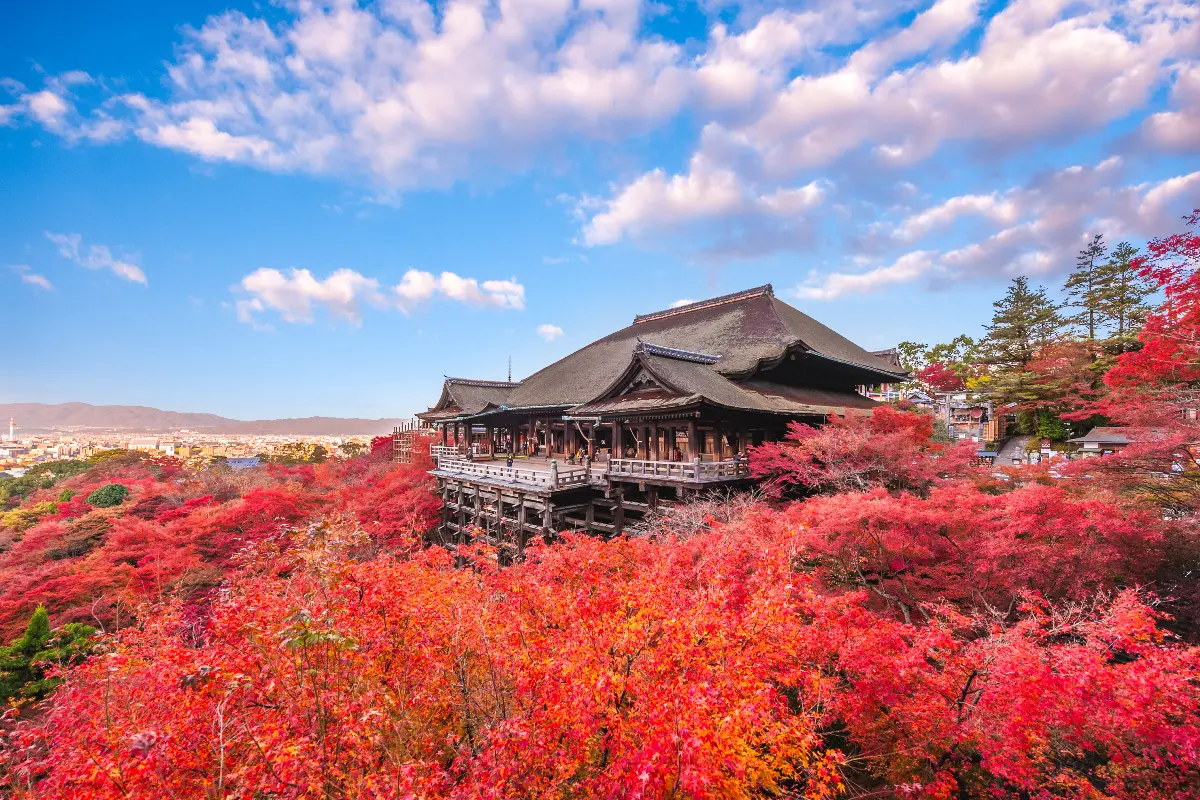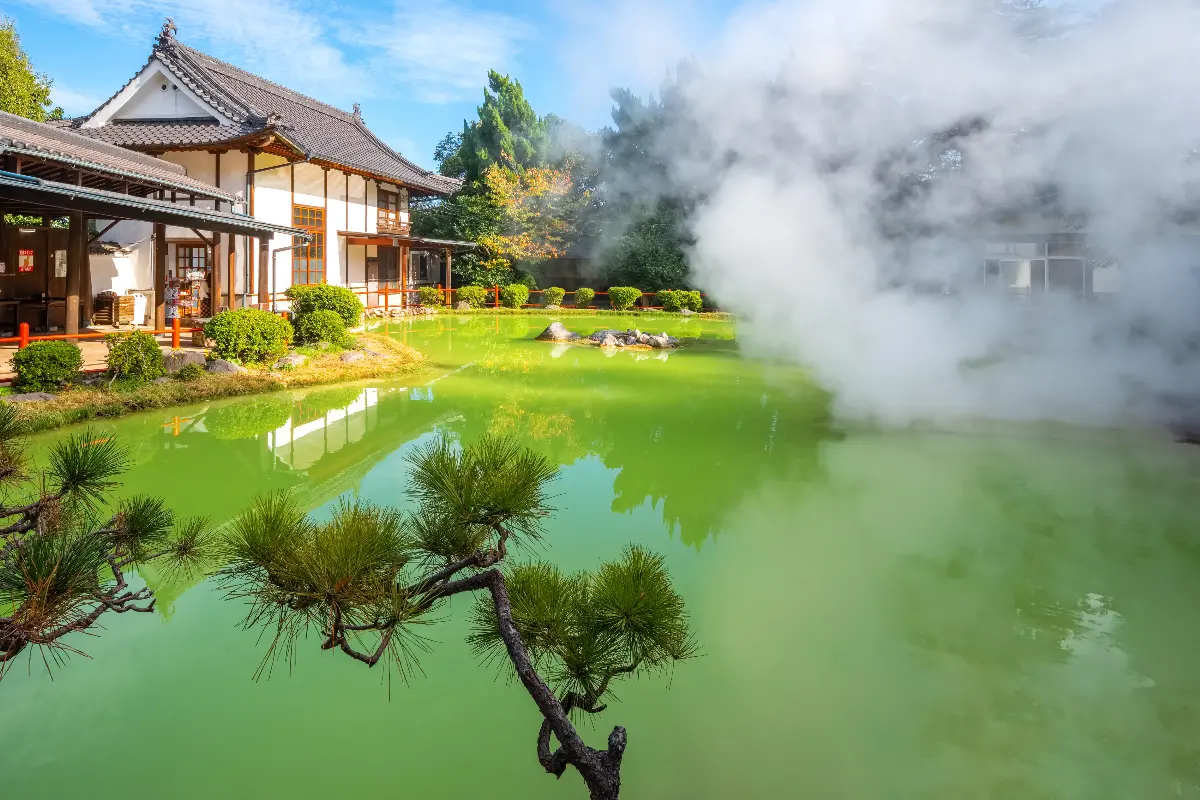While Tokyo’s neon lights and electric energy captivate travellers from around the globe, the whispers of Japan’s lush landscapes and hidden retreats beyond its famed capital are enchanting in their own right. These whispers beckon the intrepid explorers with promises of serene beauty, cultural depth, and sights that cannot be mirrored. For those prepared to venture beyond Tokyo’s bustling streets, Japan unfolds into a canvas of natural marvels that rival urban allure.

Kyoto, often hailed as the cultural heart of Japan, is where the whisper becomes a conversation. A preserved capsule of the country’s imperial past, Kyoto is dotted with over 2,000 temples and shrines, including the iconic Fushimi Inari Taisha with its vermilion gates snaking along the hillside. But perhaps what makes Kyoto truly stand apart are its seasonal transformations: the ethereal cherry blossoms of spring, the verdant greenery of summer, the vivid tapestry of autumn leaves, and the tranquil blanket of winter snow.
Heading away from the cultural landscape towards the country’s core, the Japanese Alps offer dramatic scenery that rivals their European namesake. The mountains are divided into three ranges: the Northern, Central, and Southern Alps. The town of Hakuba, revered for its winter sports, becomes a hiker’s paradise in the warmer months. Kamikochi, a remote valley within the Northern Alps, is a gateway to astoundingly clear lakes and soaring peaks like the Yarigatake and Hotaka mountains.
If seaside vistas are calling, the Seto Inland Sea is a picturesque answer. Its calm waters are sprinkled with more than 700 islands, such as Naoshima—famed for its contemporary art museums, sculptures, and installations. Art blends with nature here in a symbiosis that transcends standard gallery viewing experiences.
One cannot speak of nature without mentioning the indomitable Mount Fuji, Japan’s tallest peak, which is beloved by artists and adventurers alike. While scaling this dormant volcano is a right of passage for many, the surrounding Fuji Five Lakes (Fujigoko) offer panoramic vistas without the ascent. The region is also a base for exploring the hauntingly beautiful Aokigahara forest, which enfolds you with its dense foliage and unearthly quiet.

Descending to Japan’s southernmost reaches, the island of Kyushu is soaked through with natural hot springs, or onsen. The town of Beppu is known not just for its rejuvenating baths but also for the Hells of Beppu—spectacular thermal springs for viewing rather than bathing due to their heat. Further south, the mountainous Yakushima island is cloaked in ancient forests, home to thousand-year-old cedar trees known as yakusugi. It was the inspiration for the Studio Ghibli film “Princess Mononoke,” and walking through its misty trails, it’s easy to imagine oneself in an animated feature.
Japan also extends to the subtropical flair of the Okinawa islands, where coral reefs and white sands offer a contrast to the mainland’s mountains and temples. The people here live some of the longest lives in the world, perhaps a testament to the island’s relaxing ambiance and distinct Ryukyuan culture.
For a meditative escape, the Kumano Kodo pilgrimage trails in the Kii Peninsula provide a journey not just through enchanting landscapes but also through spiritual heritage. Traversing ancient paths connecting the Three Grand Shrains of Kumano, the route is rich both in natural beauty and historical significance. The moss-covered stone paths and forested routes might lead to personal revelations or simply a deep appreciation for nature’s quiet.
Even smaller enclaves, like the quaint town of Shirakawago, demonstrate a harmonious relationship between man and nature. Known for its traditional gassho-zukuri farmhouses designed with steep thatched roofs, the village is particularly magical when lit up during winter evenings, transforming into a scene from a snow globe.

Last, but by no means least, Hokkaido, Japan’s northernmost island, presents a wilderness paradise with volcanic activity at its core. Summer brings a splendid bloom in Furano’s lavender fields, while winter boasts powder skiing in Niseko. In areas like Daisetsuzan National Park, Japan’s nature is raw and often untamed, allowing visitors to experience a world far from the manicured gardens of the cities.
As you can see, stepping beyond Tokyo opens up a nation replete with wonders—where every corner of Japan unfolds its own story, with nature as the author. For those seeking to venture into Japan’s beating heart of natural beauty, the list is compelling. From the cool north to the warm south, whether you’re scaling mountains, rejuvenating in hot springs, exploring underwater worlds, or wandering through forests of myth, each locale offers a new perspective on Japan’s compelling allure—beyond the reach of Tokyo’s shadow.
